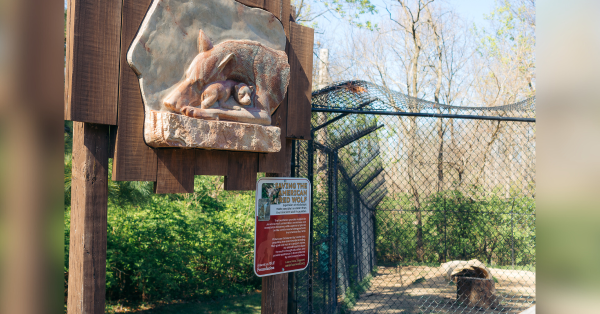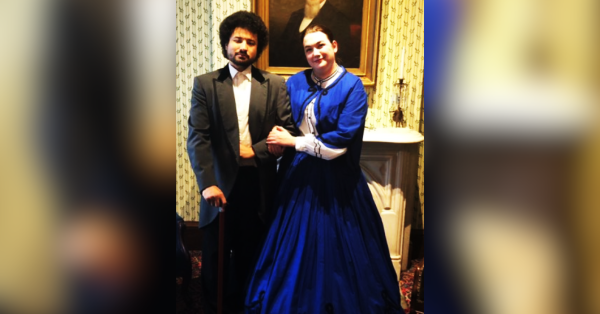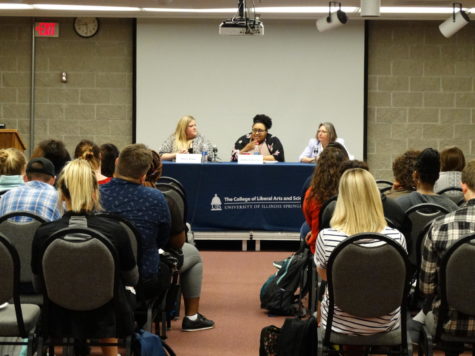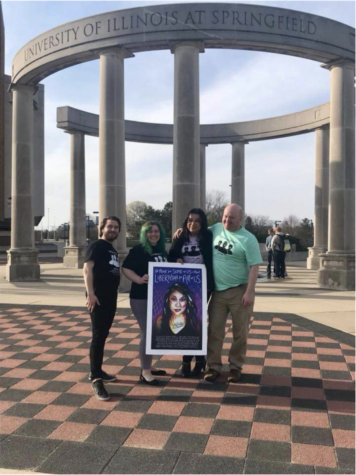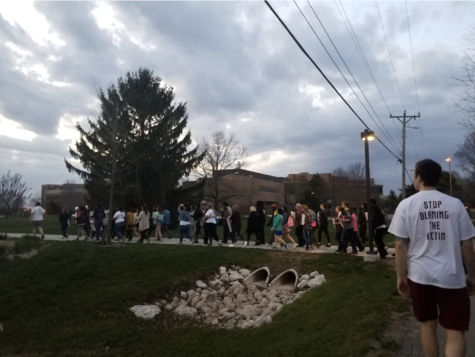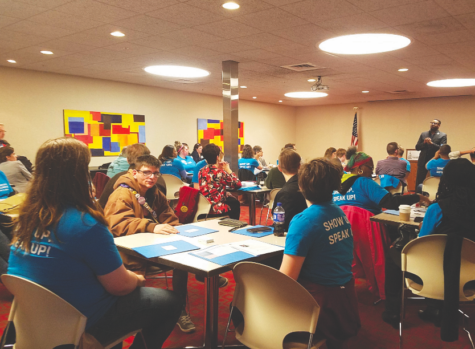The Nature Conservancy gives hope to conservation efforts
To continue Earth Week at UIS, an ECCE Speaker Series Event featuring keynote speaker Michelle Carr was held in the Brookens Auditorium discussing the conservation efforts of The Nature Conservancy and how individuals can get involved in their communities.
The event, sponsored by the Edmund L. Kowalczyk Fund for Leadership, highlighted both sustainability and conservation problems and how efforts are being made to bridge the gaps between conservation science and economic decision-making within the state of Illinois.
According to the UIS website, Michelle Carr is the Illinois state director of The Nature Conservancy and leads strategic efforts to advance critical conservation issues across the state.
During the event, Carr discussed the mission of The Nature Conservancy to conserve the lands and waters upon which all life on earth depends. According to The Nature Conservancy website, the organization’s goal foresees a world where the diversity of life thrives, and people act to conserve nature for its own sake and its ability to fulfill needs and enrich lives.
Carr explained key factors that the organization focuses on and efforts made in order to fulfill their goal including climate change, food and water sustainability, and protecting habitats.
Their focus on these key efforts have had a positive impact throughout the state. One such experiment is the Emiquon National Wildlife Refuge – the largest floodplain restoration project in the Midwest.
Located along the Illinois River, Emiquon is a historical site with the most diverse and abundant habitats that sustain plant and animal life within Illinois.
The Nature Conservancy has successfully worked to restore the floodplain to its original condition, before agriculture drained the land, and has reconnected the area with the Illinois River – allowing Emiquon to be a thriving area for wildlife once again.
The experiment has gained nationwide notoriety due to its success and has worked as a catalyst for other conservation efforts. Carr hopes that The Nature Conservancy and their efforts have sparked hope for sustainability in spite of the projected growing population.
“Nature is resilient. It is inspiring,” Carr said of her experiences in her conservation efforts. She urged people to “become an active scientist. Get involved. Get informed.”
During the conclusion, Carr shared simple ways in which people can get involved with nature conservation efforts including becoming a conservation leader, volunteering at natural habitats, and even becoming an active member for wildlife conservation.






